Interview with Lotta Sundström
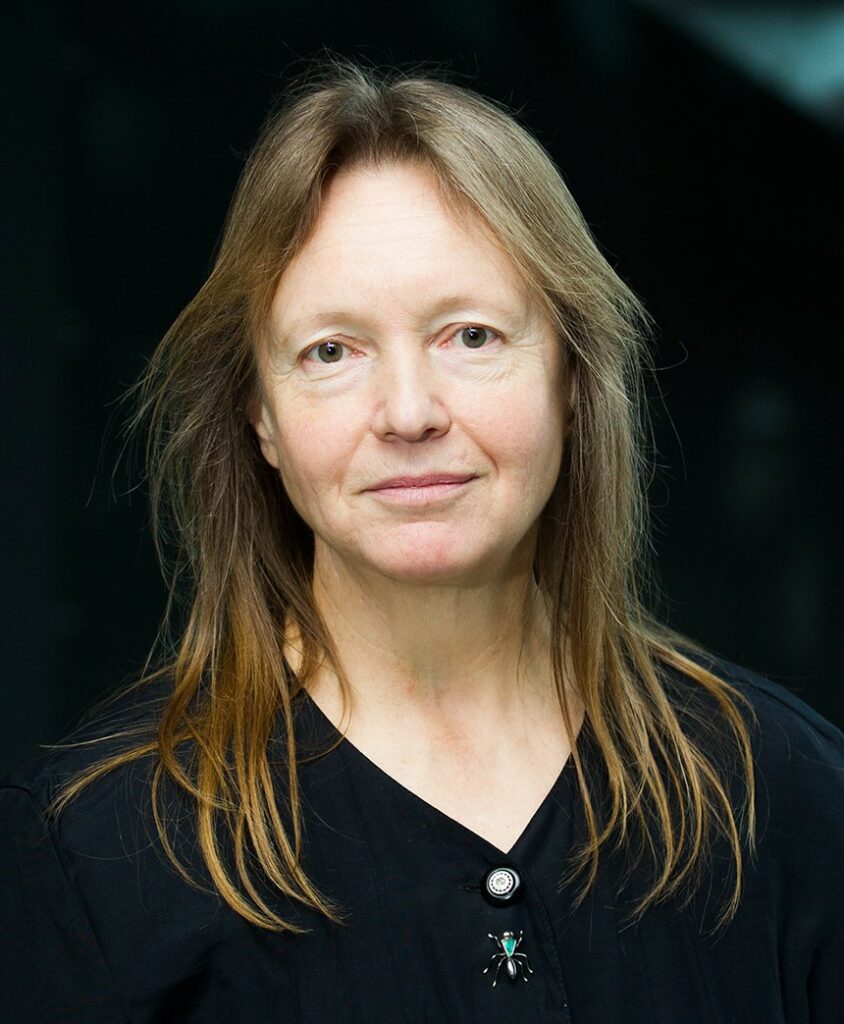
Liselotte, “Lotta”, Sundström is a professor emerita at the University of Helsinki and renowned for her work on Formica exsecta. She started her ant research career in the 1980s by combining behaviour and genetics. She focused her work on questions about the “why” and not the “how” and published seminal papers in high-quality journals, among others, Science and Nature. In this interview, Lotta shares how she started working with ants, what she recommends to young aspiring researchers, and what makes her grumpy.
An Interview compiled by Patrick Krapf, and edited by Alice Laciny, Patrick Krapf, and James Trager
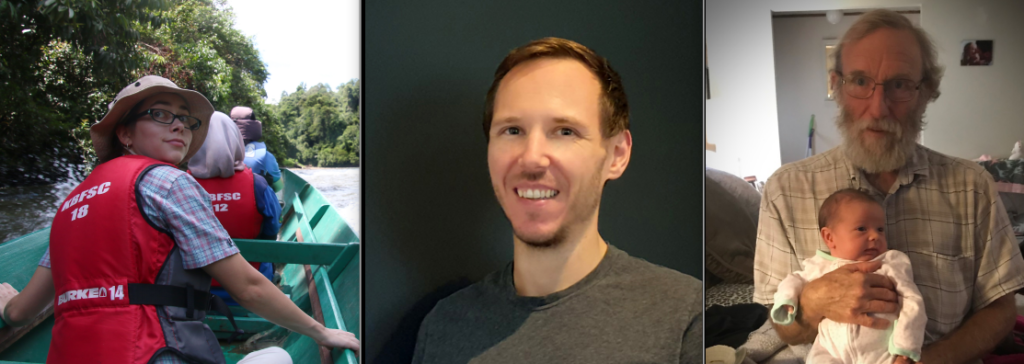
MNB: Could you tell us a bit about yourself?
LS: Yes, sure. I’ve been a professor in evolutionary biology at the University of Helsinki since 2002 but retired a couple of years ago. So now I’m an Emeritus professor and just doing science rather than administrative work, which is great fun. Other than that, I have always been interested in the behaviour of dogs and horses, and read all the literature available in the 1970s, such as Tinbergen, Lorenz, and Dawkins. When I started at University, Richard Dawkins’s book “The Extended Phenotype” was published. I read it and realised: Okay, this is what I want to do. I want to connect animal behaviour to genetics in some way, basically trying to answer evolutionary questions. There was only one person in our department in Helsinki who worked on animal behaviour and that was Rainer Rosengren, who worked on ants. So, I worked in summer jobs for him and did my master’s. And then, Pekka Pamilo came into the picture as a supervisor.
MNB: So, you then started to collaborate with Pekka?
LS: Yes. Pekka was one of my co-supervisors and Rainer was the main supervisor. Actually, Pekka paid my salary (laughs). Pekka and Rainer have both been people that supported me a lot during my career.
MNB: And could you tell us a bit about your research? How did it start and could you tell us about your later career-stages?
LS: I did my first master’s thesis on the body size variation of Formica ants, specifically on how far from the mound they foraged. I found out that the larger ants travel further away, while small workers stay closer to the nest. There was, of course, a strong behavioural element to it. Then I became interested in genetics, and I did a second master’s thesis with Pekka Pamilo on the genetics of Formica truncorum. This is when my actual scientific work started. At the time, I was working at the Tvärminne Zoological station with F. truncorum doing genetic population analyses using enzyme variation. We had three or four loci that each had one, two, or three alleles, which was really good genetic data at that time.
I did my masters on that and continued my PhD on that topic. And that’s really when I started to incorporate the general, ecological situation animals found themselves in, combining genetics and behaviour. I was trying to ask why, not how animals do the things they do. Why do we see the patterns that we see in the animal world? And one of the core questions in my thesis was the issue of split-sex ratios. This is a topic that Jacobus Boomsma and Alan Grafen had just introduced a couple of years earlier. And I still remember when I was visiting Koos (Boomsma) in Aarhus to collect some F. truncorum. We were driving around Jutland and I had read their paper the night before. And then I said, “Koos, I think I have the data to test your hypothesis”. We almost went down in a ditch, but he salvaged the car. So, that was quite fun. And that was also when Koos started to be a prominent figure in my scientific work, and I’ve been in touch with him up to his retirement a year ago. So yes, he’s been a long-term presence in my scientific career.
MNB: And later on, in your more senior research position, your work was still driven by trying to see patterns, right?
LS: Yes. Of course, the evolutionary and social theories were growing at the time. We had Hamilton’s rule, but it was in the 1980s and 1990s when theoreticians started to expand and think about: “What kind of predictions could we get from that? What could be testable in the first place?” So, throughout the 90s, there was a growth of behavioural-ecological why questions. Also, to some extent, links to genetics or the genetic background of animals, either population structure or specific genes that might have directly influenced behaviour. That was the kind of scientific environment I was starting in, first for my PhD and then as a post-doc. At the beginning of the 1990s, I started mapping the islands around the Tvärminne Zoological Station in Hanko. Initially, I only mapped Formica truncorum colonies, but soon added Formica exsecta, as this species was much more common. I did my PhD on F. truncorum, but moved over to F. exsecta during my two-year post-doc with Laurent Keller in Switzerland. I then spent a year with Koos in Aarhus, and after that, I applied for a lecturer position here at the University of Helsinki. Ever since, I have been working here at the University of Helsinki. So right now, I’m working on a data set that spans from 1993 until today. I’ve been monitoring the population and doing estimates of colony size, colony mortality, inbreeding levels, and recording all kinds of background data.
MNB: Wow. Now, I would like to follow up on the populations in Tvärminne you mentioned. You have data dating back to 1993 until today. So, which methods did you and do you continue to use to compare them? We ask because young, aspiring students probably do not know too much about earlier methods.
LS: In the 1990s, it was allozyme data (i.e. enzyme variation) because microsatellites were not yet available. So, I did allozyme analyses for my PhD, but when I went to Lausanne in 1994 to work with Michel Chapuisat who had developed microsatellite markers for Formica species. I went there to learn the technique and to run samples. That was of course a great breakthrough in getting more detailed data on populations. After that, it almost exploded, because we got more and more loci that we could use. Getting some 10, 15, or almost 20 loci meant that we got very precise information that was feasible to run on large numbers of individuals. Later we also started to get sequence data. But the data I’m dealing with right now is mainly microsatellite data. It gives us a surprisingly good resolution at the scales that I’m interested in. It would not be possible to do nuclear sequencing with all samples, because we had 200 colonies in the area, and needed to run 12 individuals per colony.
So, what I am doing, right now is checking all genotype data from 1993 until a few years ago, when we stopped sampling. I’m trying to collate and check the scoring of allelic data because people have been doing it slightly differently. It’s a bit of work to go through and make sure everything is correct. So, yes, that is going to be a big paper on the life and death of Tvärminne Formica exsecta. It is really interesting because what we see is that the number of colonies grew very strongly during the 1990s. Now it’s declining, and we see almost no new colonies and an increased level of inbreeding in the population. We think what is happening is some type of inbreeding meltdown in the population, and they are just not going to survive.
MNB: That is so interesting. Are those colonies on the islands in the Tvärminne area?
LS: Yes, all these colonies are on the islands. There were and are some colonies on the mainland but not many because there are other competing species like F. polyctena. They have never been able to take over because it’s very dry and rocky, basically a different type of habitat which is not optimal for them. Formica exsecta colonies are more dependent on light and heat from the sun to start egg-laying and maintaining brood, whereas Formica species sensu strictu, such as F. polyctena or F. aquilonia, heat the colony from the inside during the winter. So, inside a colony, it can be plus 30 °C in March. And that means that they can start raising their brood using nutritional stores and then capitalize on the honeydew very early on in spring. So it’s simply a different phenology.
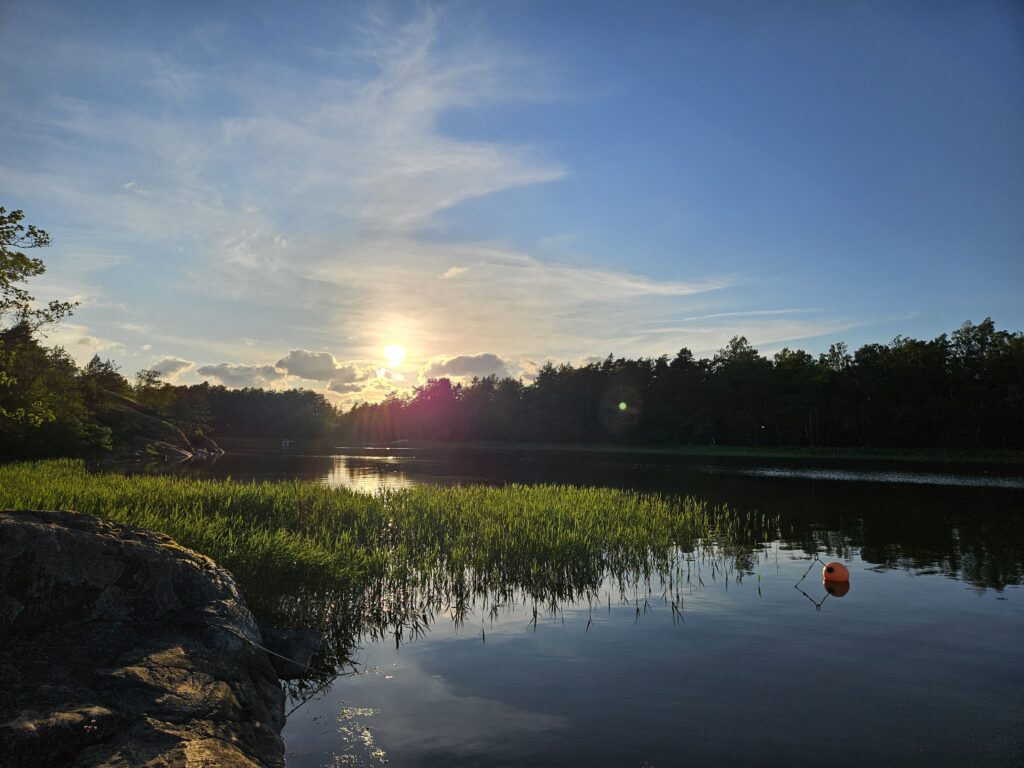
MNB: You mentioned earlier that you ended up working on ants due to several circumstances. If you had not become a myrmecologist, what would you want to become, if you want to call yourself a myrmecologist?
LS: (laughs). Well, I think I am a Formica researcher to some extent out of bad habit. It was very hard because, at the time, there weren’t many options available. There were lots of good researchers around, for example, Ilkka Hanski who was a junior researcher working on the behaviour of voles at the time. I was looking for some interesting ways to combine behaviour and eventually genetics and kind of solving some puzzles, such as How does this work? Why do they do this? and so on. And it didn’t matter to me, what animals I was working on. I could have worked on plants but there was nobody around to introduce me to plants at that time. So, I went with what was easily accessible, and it also gave me some job opportunities.
MNB: If you reflect on your career, were there any big obstacles you had to overcome?
LS: I was, of course, in touch with lots of other students at the time, also female students. The atmosphere towards female PhD students was quite hostile in some other places. According to a good friend and colleague of mine, the chancellor of Helsinki University had said in the early 1990s, “There will be a female lecturer over my dead body”. Of course, we as female researchers also discussed such topics between us. Not everybody had a good experience, but I had a very supportive group of people. I mean, nobody ever questioned why I was there, working and doing a PhD. And going back to the chancellor’s words, he died a month before I took my position. So, in a way, he was right.
But anyway, for many, it was a much more hostile environment, but I did not have a problem or maybe I did but I didn’t realise it. Also, I just don’t care in the sense that if you don’t notice something, you don’t notice something, right? So, others sensed the hostile environment more than I did, I think that is what I’m saying, that I had no problems.
MNB: During your career, did you see some changes towards gender equality? And if there was some change, did this happen slowly or quickly?
LS: Yeah, I think the status quo remained pretty much until the end of the 1990s. Also because the institute didn’t have any opportunity to hire new people. So if you don’t have the openings, you cannot get data on how they are filled. In my case, I was the first ever female lecturer in ecology and evolution. From 2001 onwards, there were more openings and we hired more female researchers. Riitta Savolainen is one, for example. So, it opened up pretty fast, I would say. And that was basically because the old school of male professors had retired. After that, many new people were hired and made the decisions. And I think right now, it’s good, as far as I can see. There might be individuals who behave less appropriately, but overall, we see that there are many female PhD students and postdocs, and many, if not most, of our recent hirings have been female. So that change started pretty quickly after the turn of the century, but also the university changed as did the scientific world and the world around us.
MNB: If you had a time machine and could go back, would you do something differently?
LS: I would probably hand in my master’s thesis a bit faster than I did. It took me a while because I was doing lots of other things. I was photographing, horse riding and training horses. But that said – I would not want to be without those experiences either.
MNB: When did you hand in your master’s thesis?
LS: In 1986. I started it in 1982. But at that time there was no pressure. I mean, the professors were like: “Okay, if you don’t do it, I don’t care.” And at some point, I realised, maybe I should get this stuff together and just start my second master’s thesis.
MNB: Was it obligatory to do two?
LS: No, no, no. I wanted to study genetics more in-depth, and I still remember the time when I did a genetics course. It was the first-ever sequencing course. Harri Savolainen was running the course and I learned to do the PCR. We had three trays in front of us and then you had to take the tubes and put them in different temperatures by hand and do that over and over again.
MNB: For all the cycles?
LS: Yes, for all the cycles (laughing). It was a bit different than today. And then when we got the sequence out, we were reading it from a column or something.
MNB: After a full day of PCRs, I imagine you knew what you have been doing, right? (laughing)
LS: Yes, absolutely.
MNB: Is there one moment in your career that you remember particularly well? It can be a funny, scary, enjoyable, or irritating moment.
LS: Hmm, I find that everything has been enjoyable, except maybe some of the admin duties. But that is part of the job and you just have to do it. Thinking back, my paper was accepted in Nature, which was also included in my thesis. This was a big thing. And when I did my postdoc with Laurent Keller, we had a paper in Science. Then I managed to do it once more with my first PhD student – we had a paper in Nature. So, those were my highlights. If I think about the most enjoyable moments, apart from my PhD studies and when I was doing a postdoc, was the work with my students. We were all out in the field, doing fieldwork. It’s not that I was sitting in the office, but I was going out driving the boat because they couldn’t drive it (laughing). And walking through the islands, and being out in nature, out in the archipelago. That’s been very important for me. Also, because during my childhood, I spent most of my summer in the archipelago.
MNB: How so, if I may ask?
LS: We had a summer cottage and my father had a sailing boat and we were sailing out between the islands from Helsinki to Aland.
MNB: Oh wow. That sounds amazing.
MNB: Now, a slight change of topic. What do you think will be a hot topic in the upcoming years in ant research?
LS: I follow the literature to some extent, and I think right now people are focusing on very intricate and very diverse questions. For instance, how is nest building organised? How you can get very complex structures with simple behavioural rules? How much can ants understand what they’re doing? That is kind of the behavioural part of ant research. And the other one is, of course, the genomics part. But how much more information can you get from that about the species of ants that exist? And I think that what Jonna (MNB: i.e., Jonna Kulmuni) does on Formica ants is really good because she hooked on to one of the core questions that Rainer had. Because he could tell that there were some differences between his study colonies. For example, this colony is more like Formica polyctena, and this is more like F. aquilonia. But he didn’t have the tools to figure out what was happening. So he was working on the same colonies as Jonna is because then he knew what he had. The same with Pekka (Pamilo). And it wasn’t possible to do it properly before the genetic tools were developed well enough so that you can actually sort out what’s happening there. I think those are kind of the different types of questions that you can address. Plus, of course, all this practical information: How do they do what they do? How do they live? Because we still don’t know much about many ants or social insects.
MNB: True. We only know the life history of a handful of species.
LS: Yeah, and I’m thinking right now of Laurent Keller, Serge Aron, and some other people. I will always remember what Laurent said once. When you find strange patterns in your data, and you are confident that you did the analysis properly, you prepared the samples correctly, you checked everything, and you still find something that doesn’t fit your expectations then, look hard. Because that’s where you find new things. And I think he put it very well.
MNB: Do you have any suggestions for newbies and people who just started working with ants?
LS: I recommend reading scientific papers (laughing) but I know it is tough work, especially if you’re a master’s student. I also recommend reading popular science books. There are a lot of fascinating books, which are written by scientists and contain scientifically correct but accessible information. At the same time, the authors are also given the opportunity to speculate a bit. And I think that is where you can get research ideas. So, if look back at what I was reading when I left school, it was books by Tinbergen, Lorenz, Dawkins, and some other animal behavioural researchers, for instance. I think such books are easier to understand. From there, you will get some baseline information and can continue to read scientific papers.. Also, make sure you have an idea about the general life and habits of the subject you study, whatever it is. I, for example, read many of Richard Dawkins’ books, but also George Dyson, Matt Ridley, Jared Diamond, and George Williams, to name a few. Because they have done amazing research, and now they are bringing out the essence of what they have learnt. So, you can capitalise on that and get some ideas and then start asking questions. To be honest, I’m not sure how much people read anymore. I mean besides scientific papers, how much do people read for fun? I understand with social media, you can get information or fragments of information, but you never know if it’s correct. But if you read books, then you get the whole story, which may be coloured by the writer’s viewpoints, but it’s in essence based on correct information.
MNB: That’s really good advice actually. Thank you!
MNB: Now, we change the subject again. Do you have any favourite species, morphological structure, or behavioural phenomenon in ants?
LS: Well, I guess the favourite ant gives itself away (laughing).
MNB: So it is Formica exsecta?!
LS: Yes, all Formica ants, but I also like some of the tropical ants. When I was in Costa Rica we were looking for these big bullet ants (Paraponera). You know them?
MNB: Yes, but never seen them in real life.
LS: Yes, they are big, and they sting like hell.
MNB: Oh, have you ever been stung?
LS: No, no (laughing), but it was pretty close because I had to get very close to the ants. And they are just fascinating. They were just there and they didn’t care about us humans at all. You’re just scared about not stepping in their nest (laughing). In Australia, they have this trap jaw ant (Odontomachus), which has the fastest movement of any species in the animal world. And once I also saw the bull ants. But I think essentially are all fascinating.
MNB: Yes, I fully agree. What is one thing or the one thing that you wish that everybody knew about ants?
LS: There isn’t really one thing there, there are many things. However, the one thing that irritates me about people is something that Rainer also faced. People would phone me up in my office and say: “I have ants in my kitchen. How do I get rid of them?” So I usually say: “Well, I’m not here to get rid of ants, because I study them. But if you have them in your kitchen, that’s a sure sign that your kitchen is dirty. They usually don’t like that answer (laughing). Or if newspapers or magazines call and say: “Oh, there’s so many flying ants. How do we get rid of them? Why are they here?” And I said: “Read your biology books. There are on the nuptial flights and they will dig into the ground, and that’s it. You’re never going to see them again – until next year.” So those kinds of questions, I find irritating. I’ll get very grumpy (laughing).
I also had a few interviews with people who were prepared and asked good questions. Those questions were enjoyable, but that was a long time ago.
MNB: What is the one thing you would want to change in science if you had the possibility?
LS: That is a tough one. It’s not the science itself and it’s not the scientists themselves, but it’s the forces that drive scientists to do something they actually might not like to do. And one of the main forces is the funding, which creates, in some respects, unhealthy competition, where collaboration would actually bring more new information. But that is also part of human nature. So, how do you change that? It’s kind of a dilemma that you cannot really resolve.
The interesting thing is that when you study social behaviour, you’ll start realising that there’s no help for humans because evolution has driven humanity to a point where we follow the instincts we have. And we are just going to extinguish ourselves at some point unless something happens. It is like the bacteria that eat all the food and then they die. It’s kind of a parallel process, it just takes a little bit longer. So it is this competitive aspect. And then, I abhor the way the publication system has gone because it creates a situation: If you don’t have money and if your university doesn’t support you, you cannot publish in some journals. And then there’s the flip side that on the other hand, it’s very good to have open access journals because then everybody can read new scientific evidence. But the problem is that your career depends on where you publish and if you don’t have money to publish in good journals, then you don’t have a career, essentially. So, it’s a tricky situation. When the whole thing started with these pay-for-publication journals, it was much worse than today because then you had to pay to publish using your own funds.
At some point, the universities started to realise we can’t do this. We have to organise libraries in a way that people in our university have the opportunity to publish, even if they don’t have research funds. But this is also one good place to remind ourselves that we do have the society journals and some of them still do quite well. In our field, Evolution, Journal of Evolutionary Biology, American Naturalist. In those journals, you have at least one or two free publications per year. And those societies do a lot of public outreach to educate people in their field, which is only a bonus for us. So, I suggest to support them by being a member. I think that’s very important. And I think, in that sense, the tradition has changed because earlier on everybody was a member of two, three or more societies. But I am not sure if people today sign up for membership in a society.
MNB: I think people are still members of societies, to some extent. At least I am in some such as the IUSSI.
LS: That is important. Such societies such as the IUSSI are doing a lot of good work.
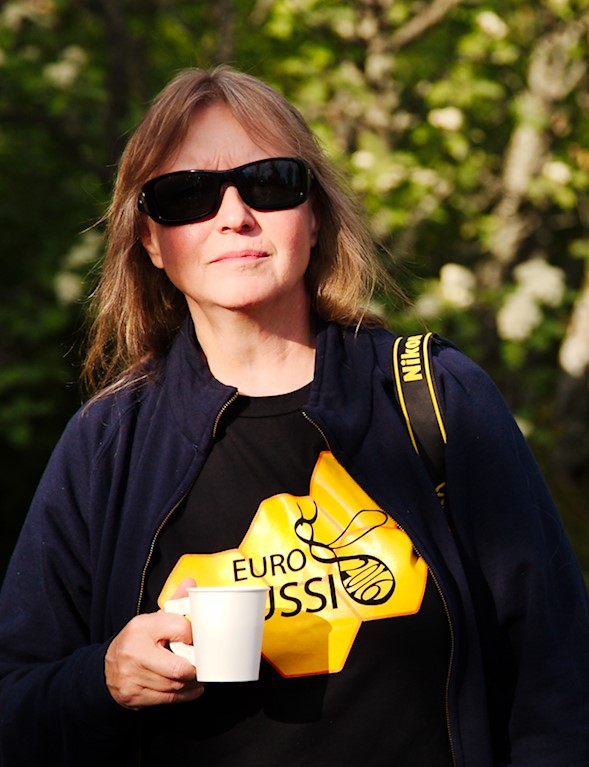
MNB: Okay, now we move to the last questions. Please answer with the first thing that pops into your mind.
MNB: What is the book on your bedside table?
LS: None – When I go to bed, I go to bed and sleep.
MNB: Watching sports or doing sports?
LS: Horse riding, even though people do not consider this a sport.
MNB: Listening to music or playing an instrument?
LS: Listen – I do not play an instrument.
MNB: Do you enjoy the evening or the morning?
LS: Both.
MNB: Tea or coffee?
LS: Both.
MNB: Habit or change, what do you prefer?
LS: I do not care.
MNB: Cooking yourself or going out having dinner?
LS: If somebody else pays, I am going out for dinner (chuckles)
MNB: Aspirator or forceps?
LS: Forceps. You don’t use aspirators on Formica ants.
MNB: Nest densities or pitfall traps, what do you prefer?
LS: Neither.
MNB: Fieldwork or lab?
LS: Both.
MNB: Pin or ethanol?
LS: Ethanol – you can also drink it (laughing).
MNB: Paper printed out or reading on the laptop?
LS: I have worked with both, so both.
MNB: Journals financed by the author (open access) or by the reader (subscription-based). What do you prefer?
LS: Both have advantages and disadvantages.
MNB: Kin selection or group selection?
LS: Aren’t they both the same?
MNB: People tend to disagree, I think.
LS: I believe that everything works down to Hamilton’s rule and you can call it what you want, but you can show how the group selection equations actually burn down to Hamilton’s rule. For example in the Hartl and Clarke genetics textbook, they used FST (MNB: genetic differentiation between population or species), which is a parameter that defines population structure. And from FST, without realising it, they burned down to Hamilton rule. So they absolutely go hand in hand, and there is no “or” in there.
MNB: Do you prefer monodomy or supercoloniality?
LS: I like both.
MNB: Do you prefer the workers or the queens in an ant colony?
LS: Both, I need it.
MNB: Which other PhD student, PostDoc or scientist would you like to be featured in a Myrmecological News interview?
LS: Heikki Helanterä because he has done an amazing job. Serge Aron because he is nice to talk to and has great ideas and he is fun. Or Michel Chapuisat.
MNB: Oh, yes, we have done one with him.
LS: Or also Seirian Sumner or Susanne Foitzik.
MNB: Thank you so much for this fascinating interview and your time.
LS: You are very much welcome.
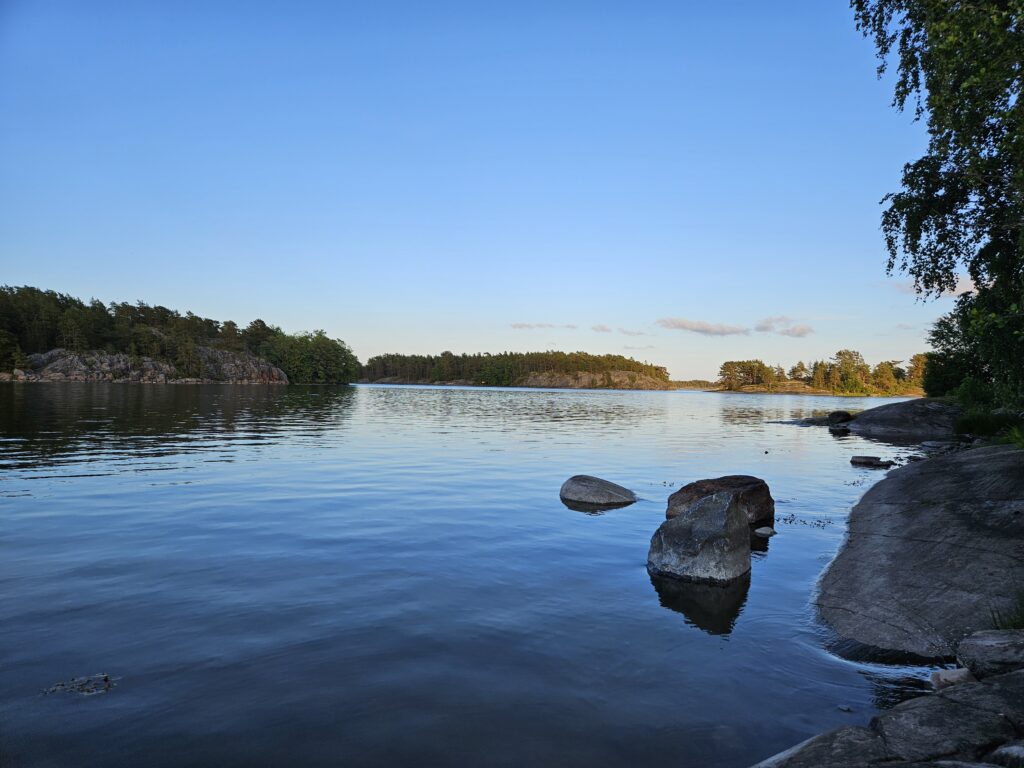


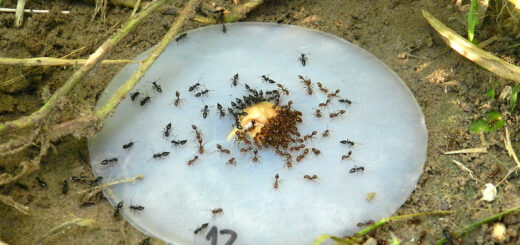

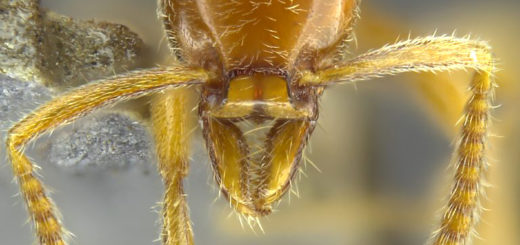
Splendid interview and back to Hamilton! Great!